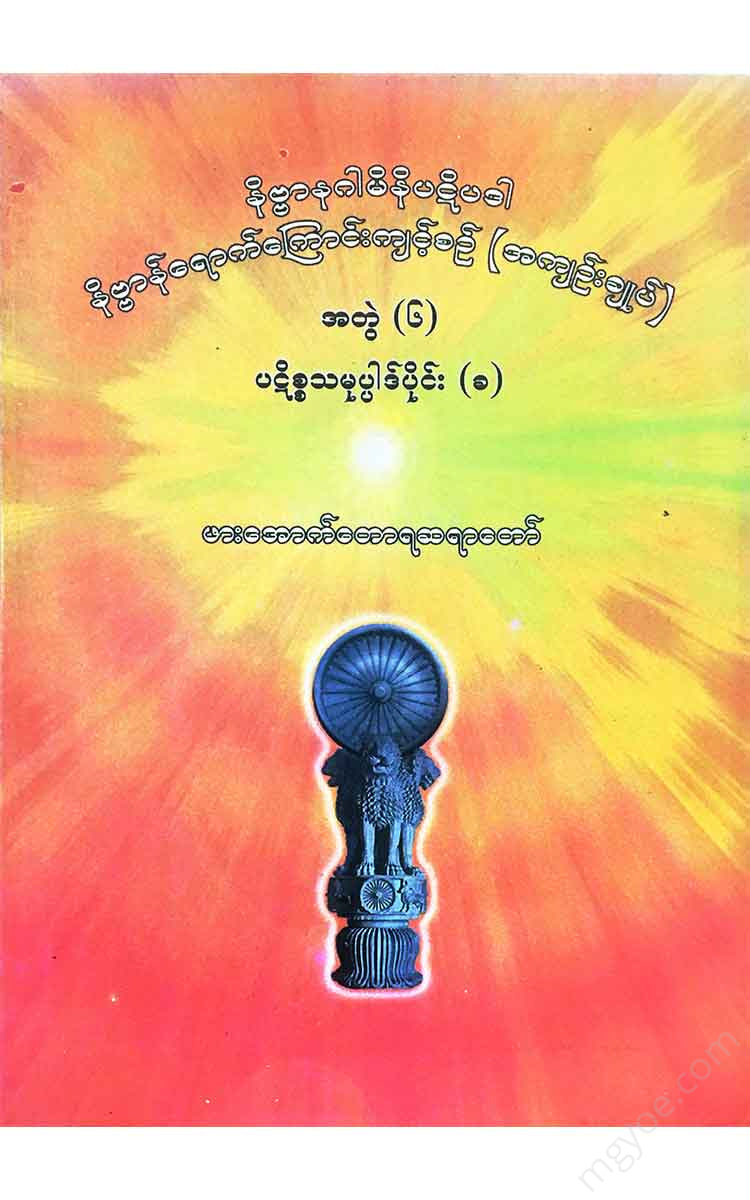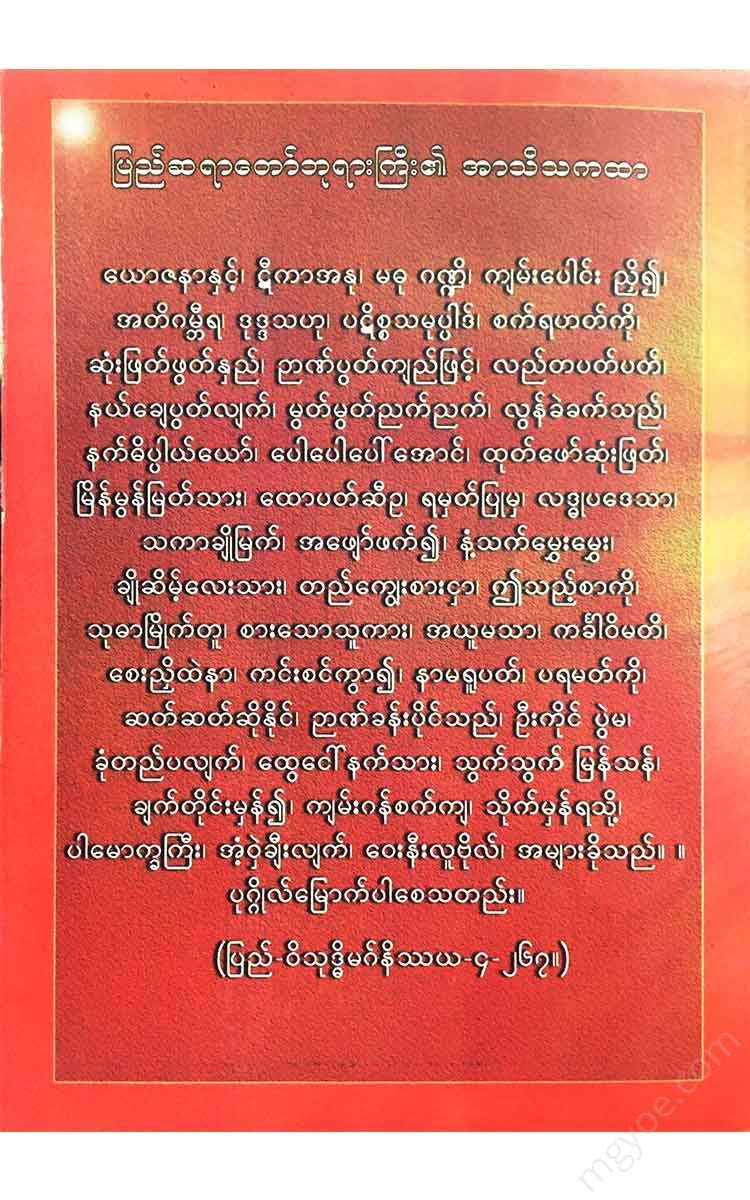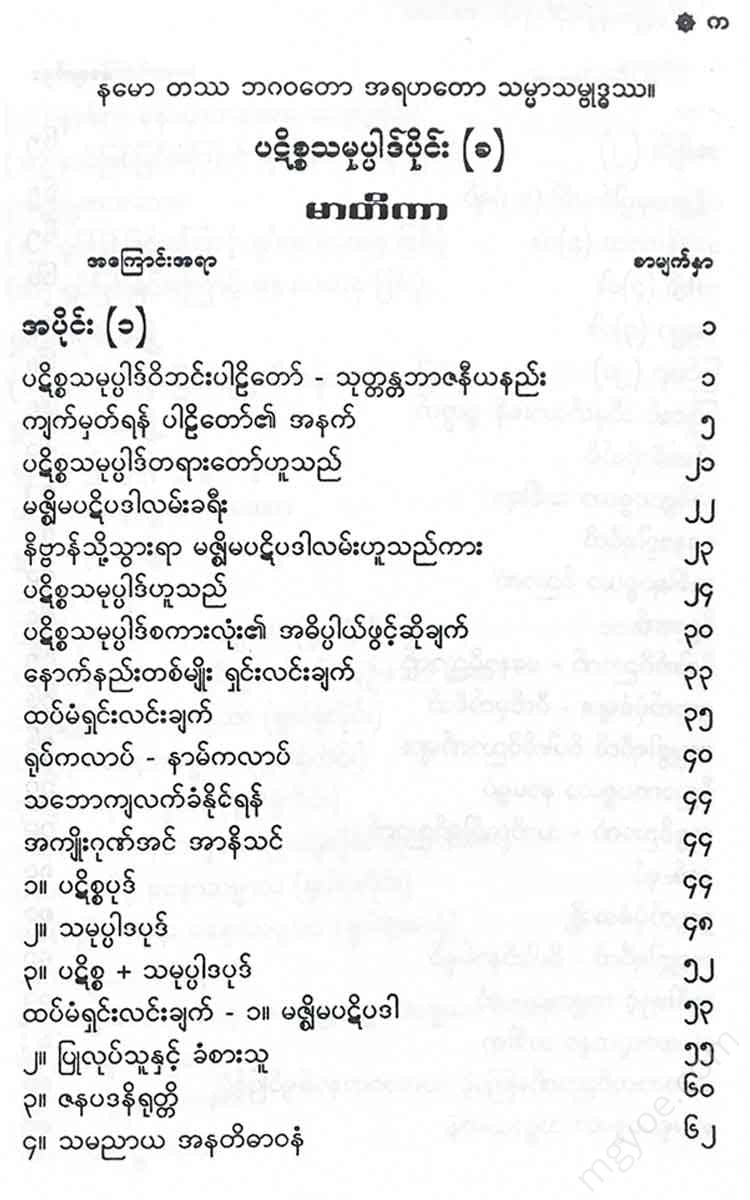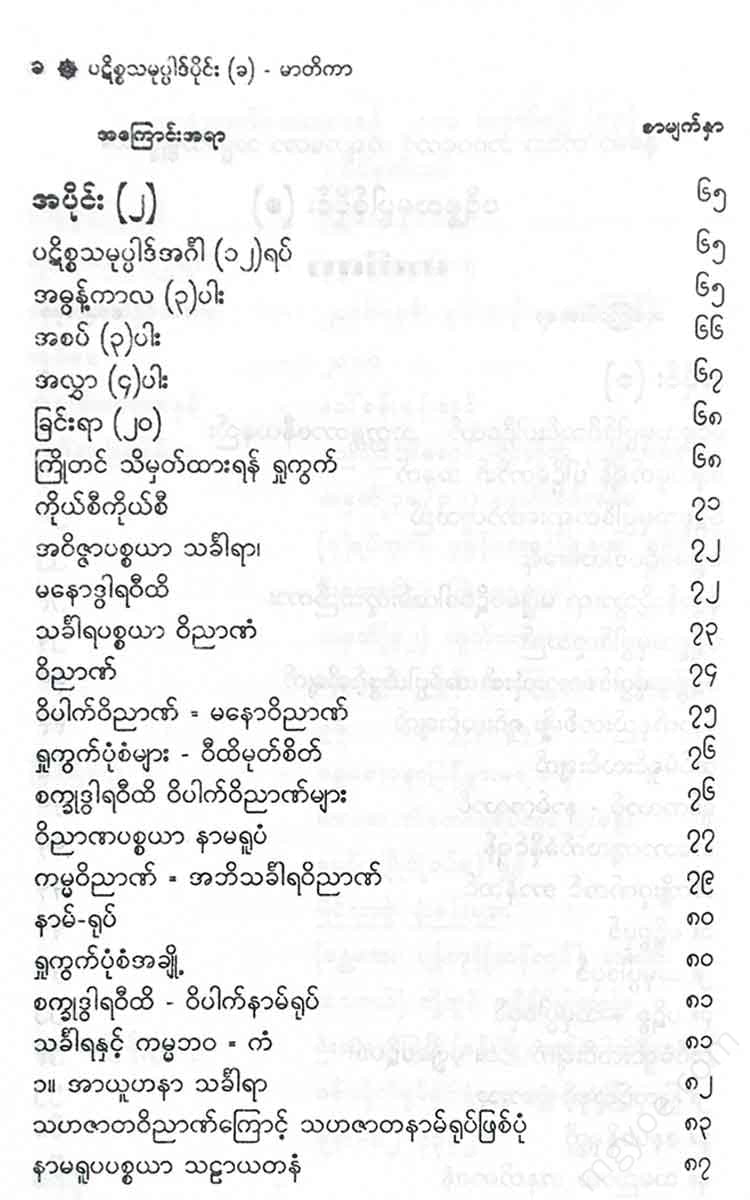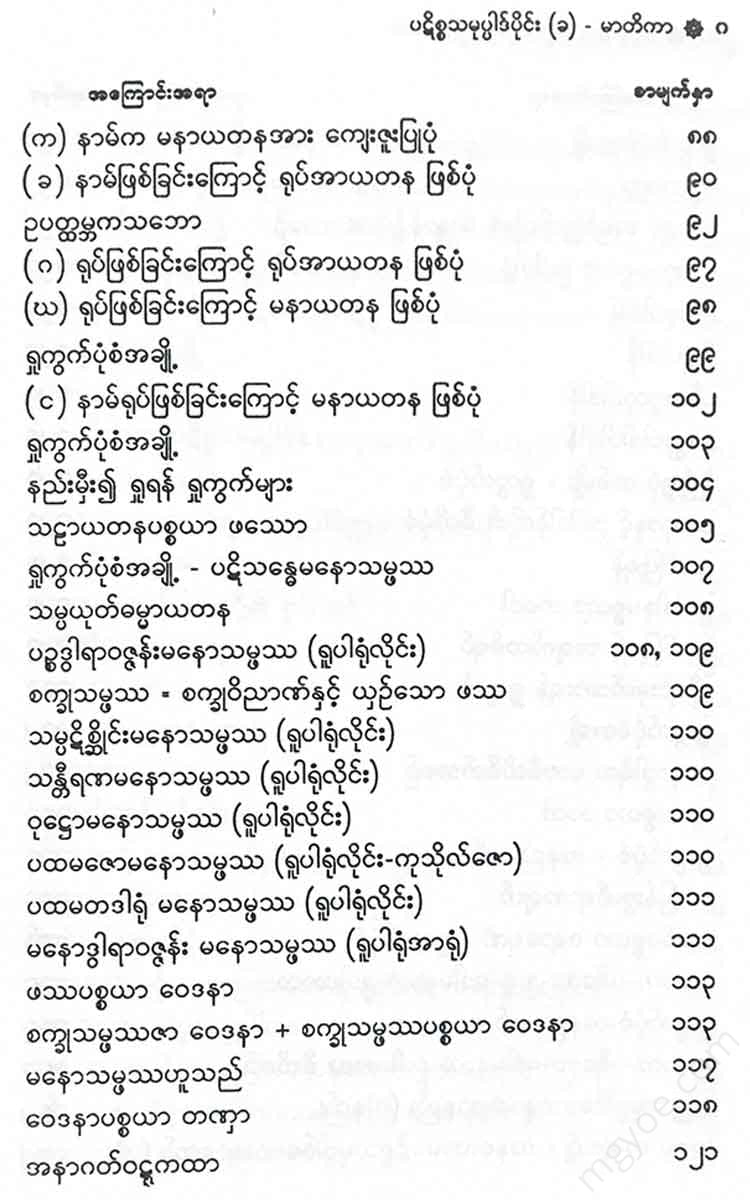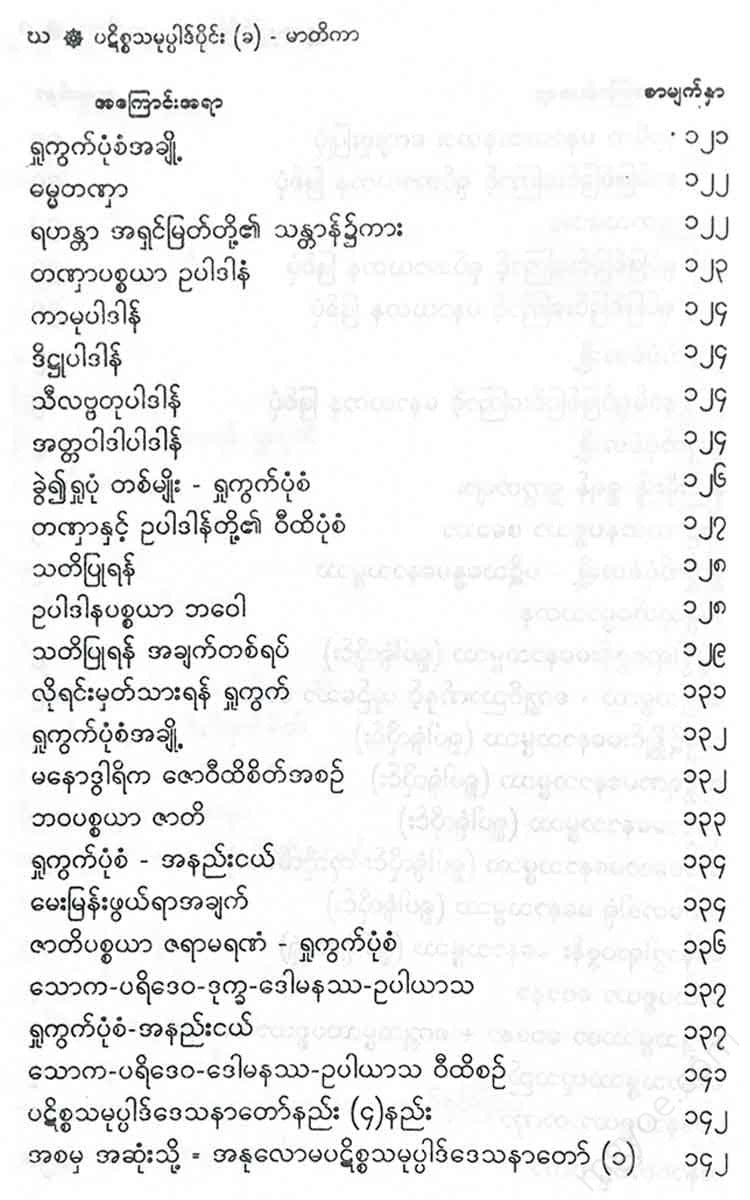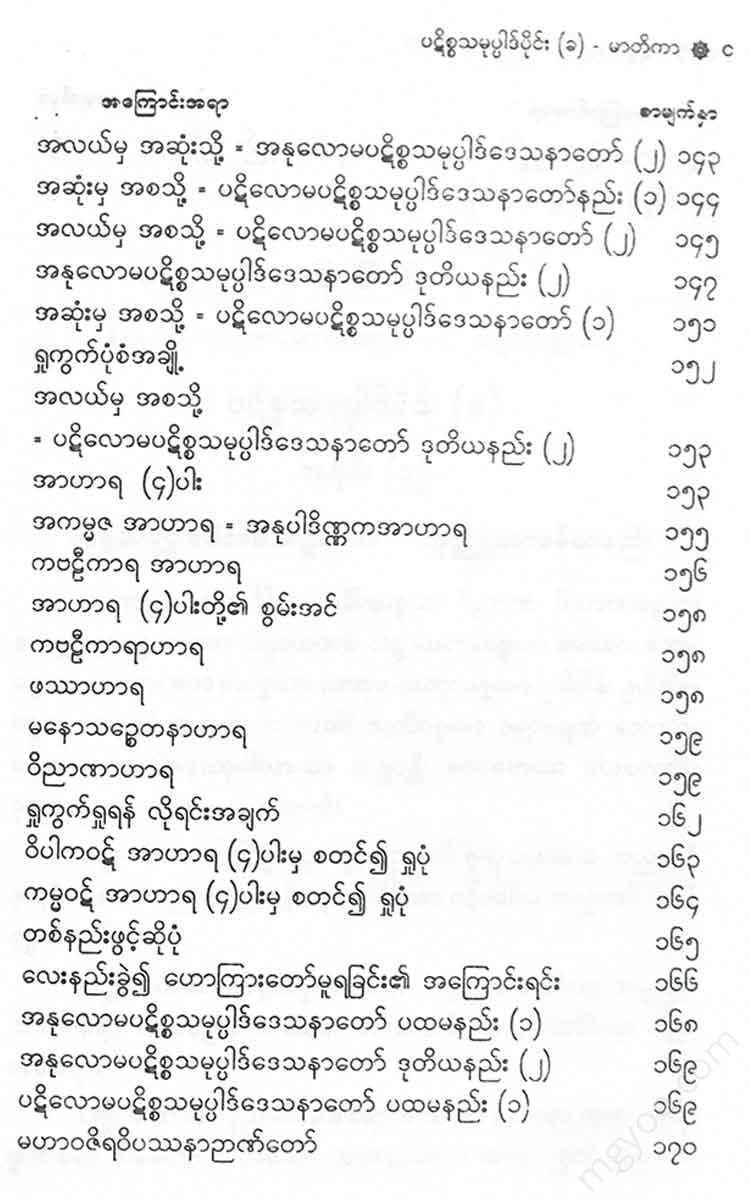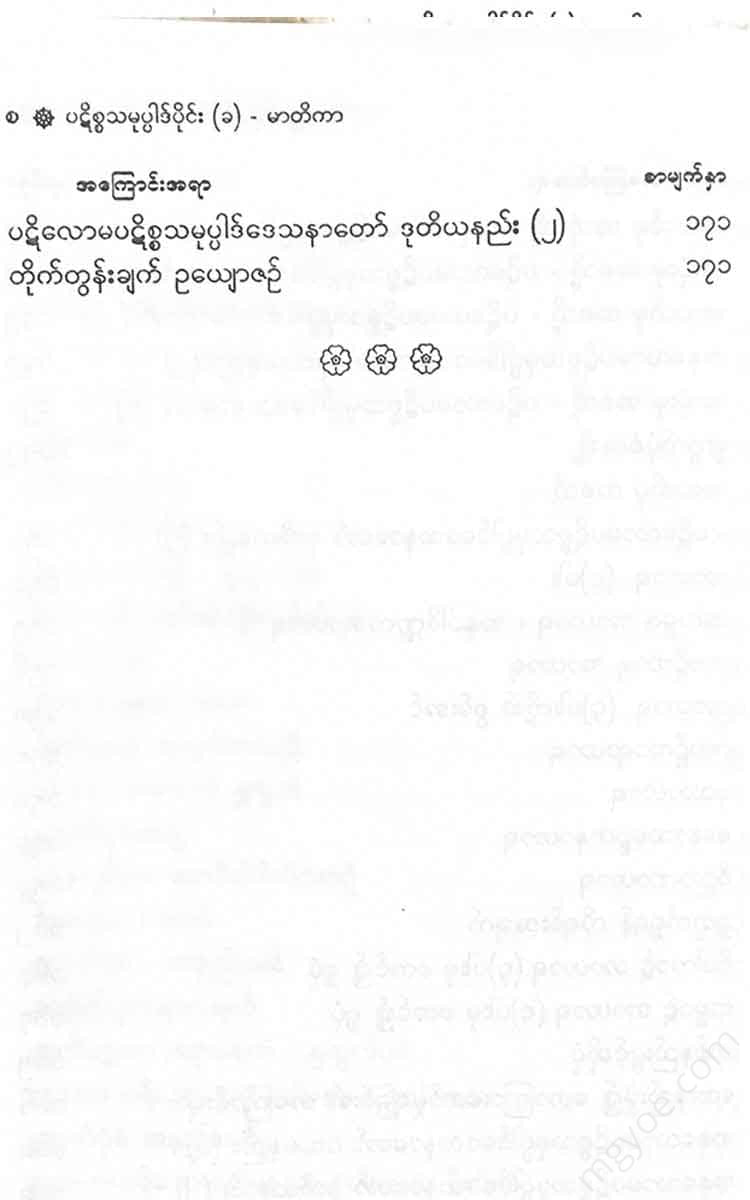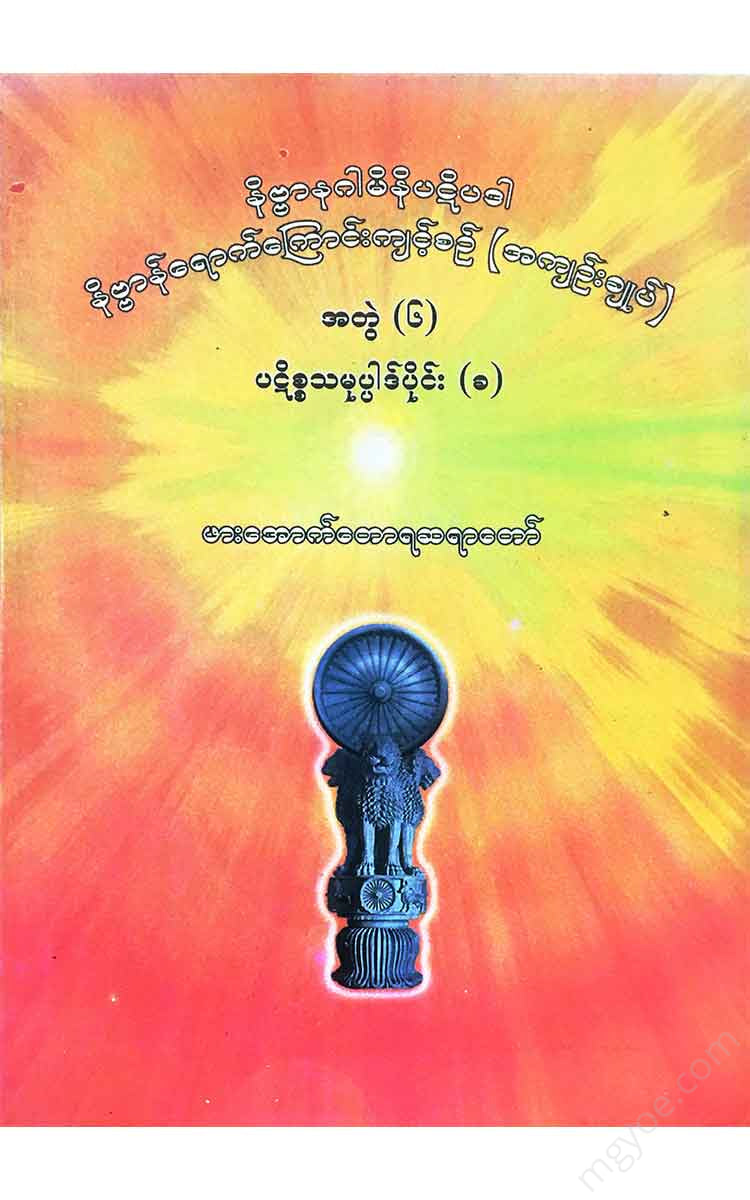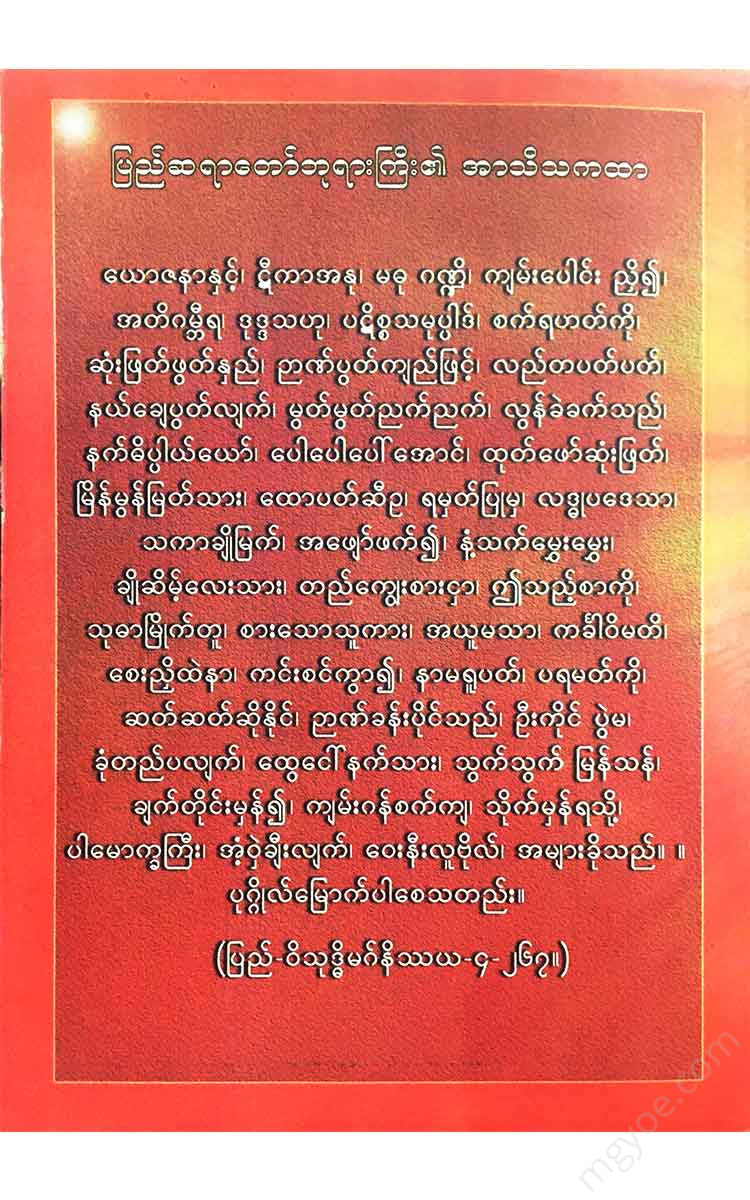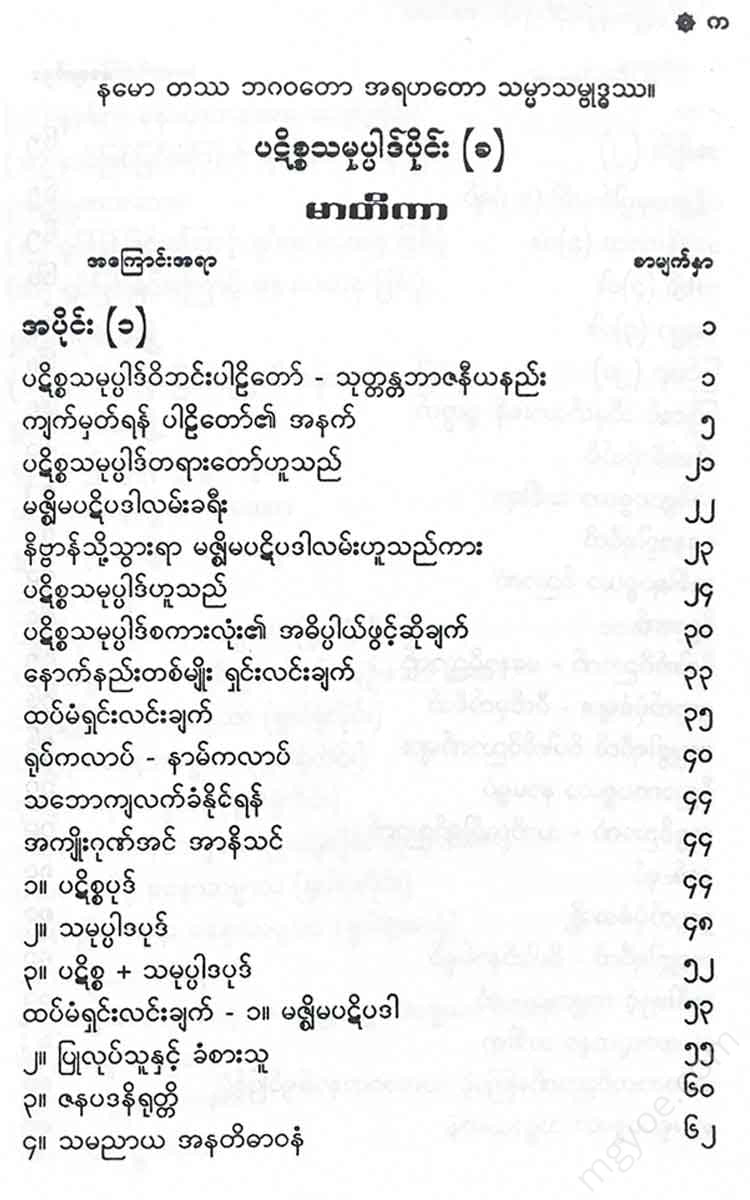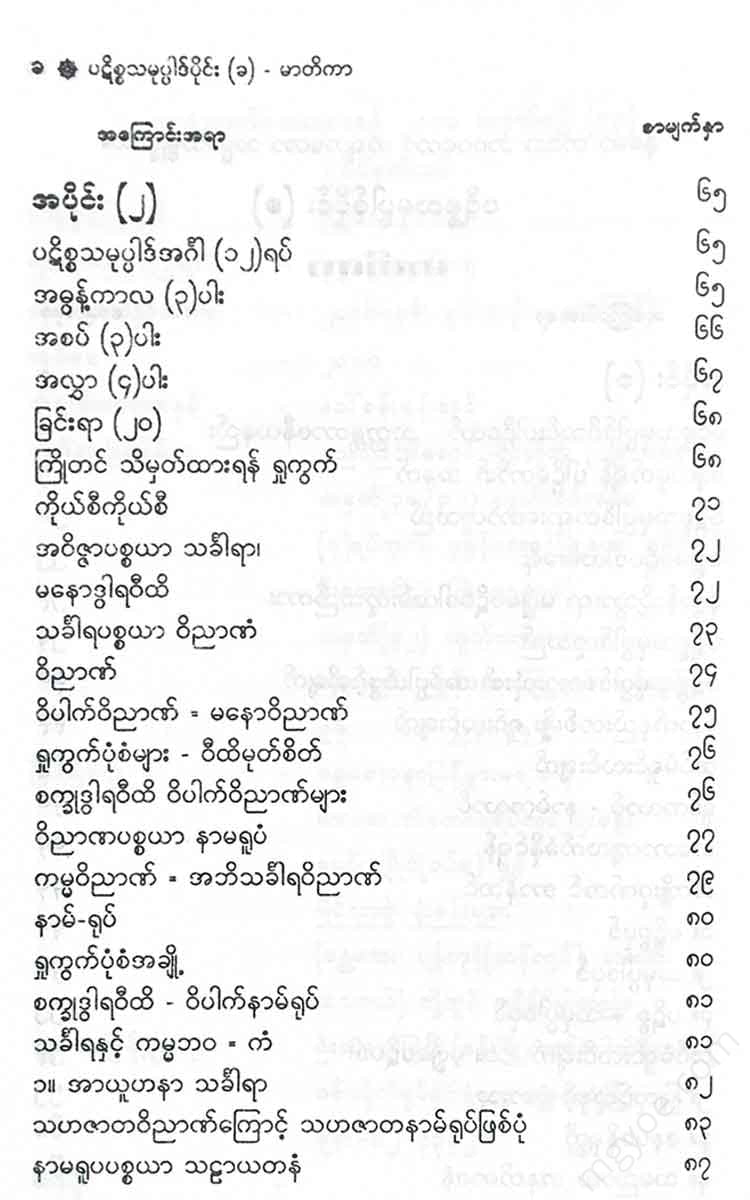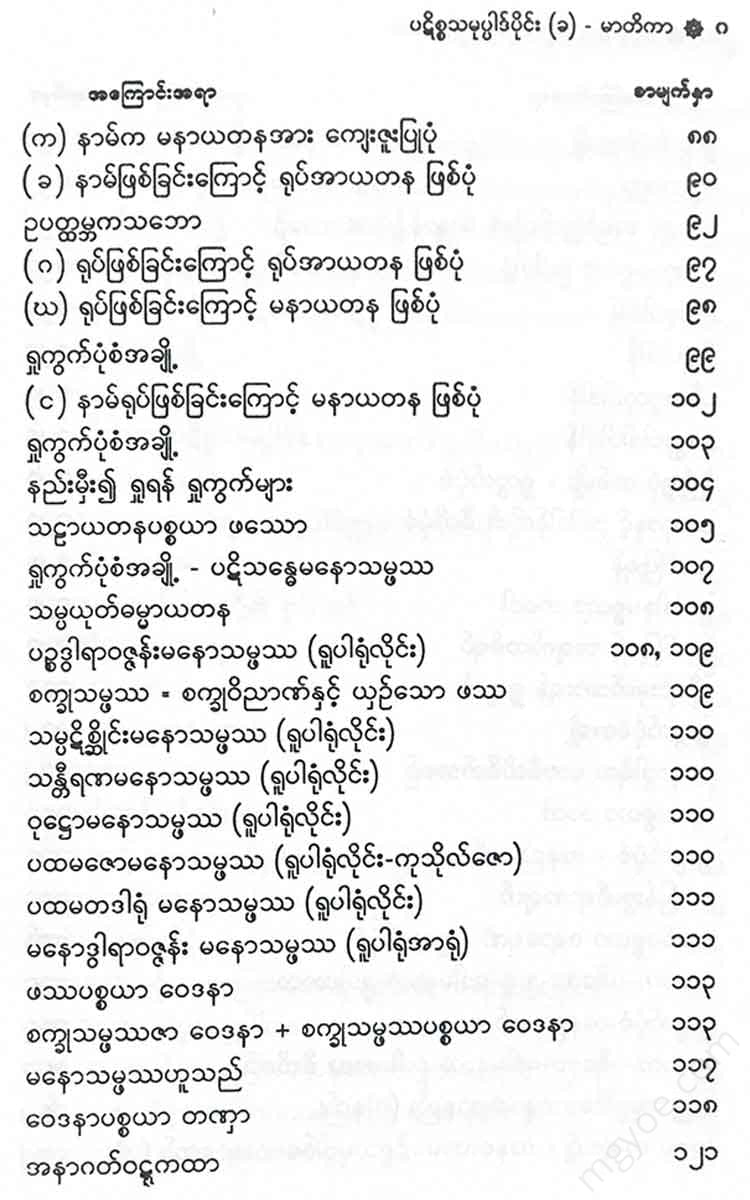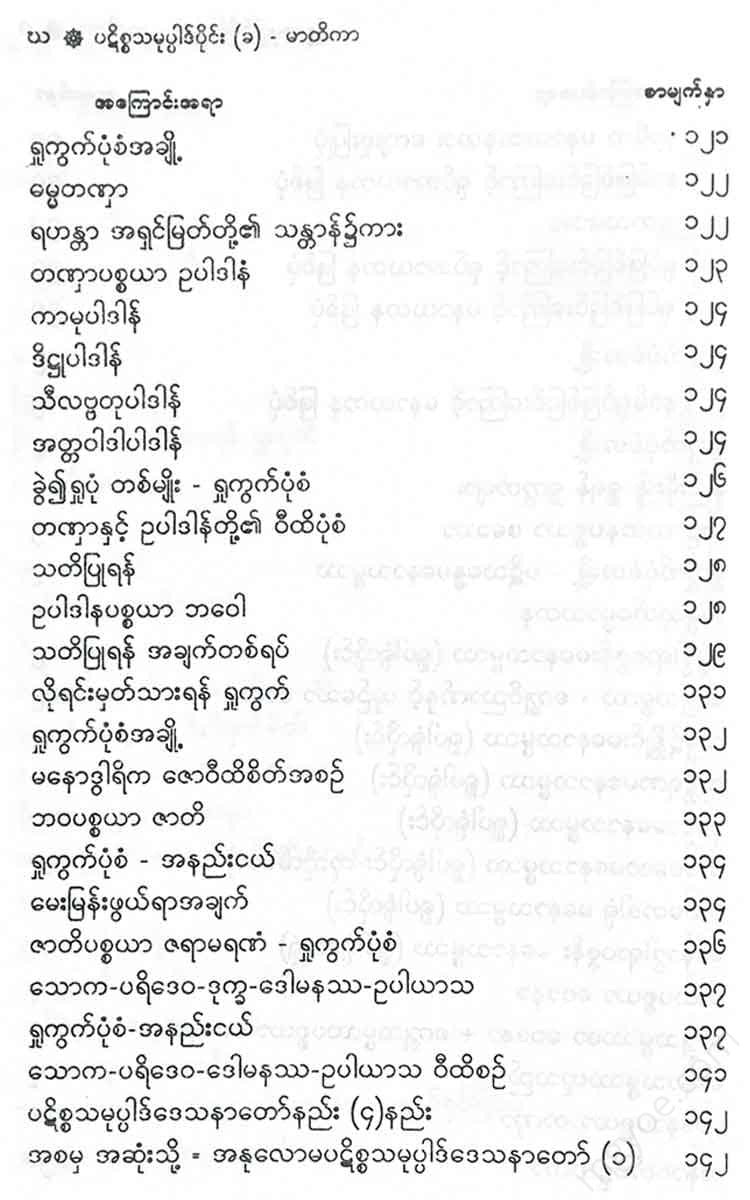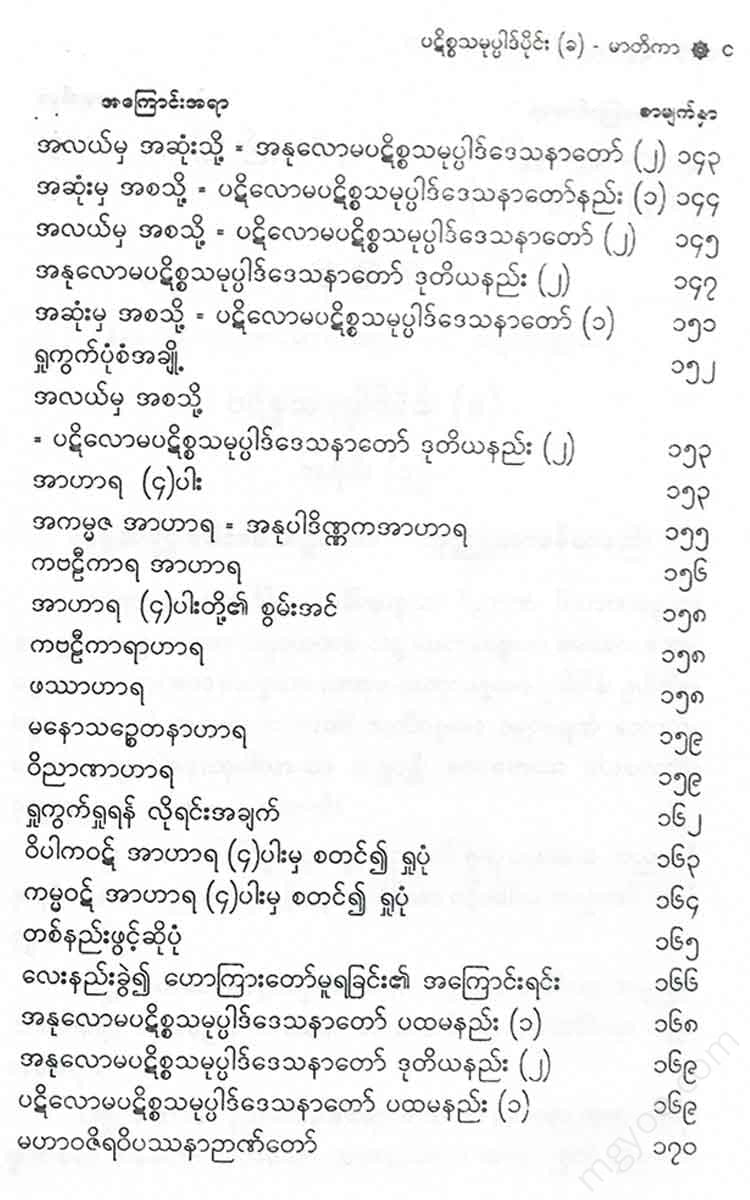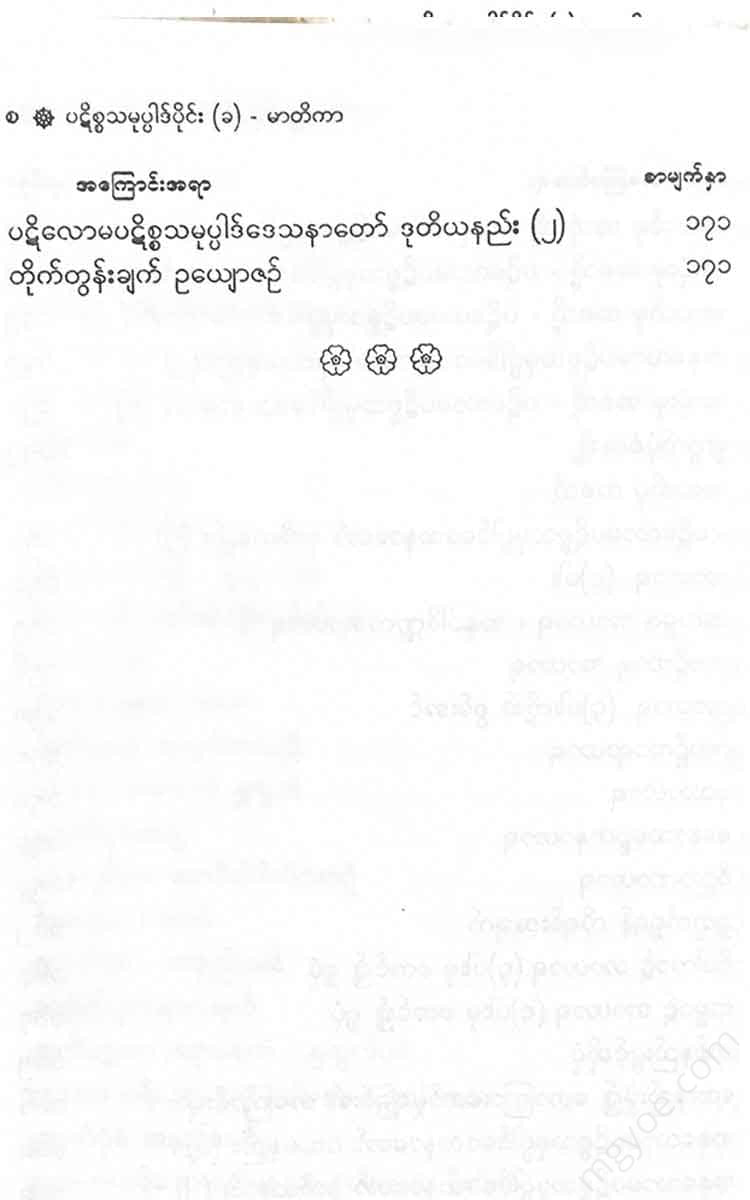Other Websites
Venerable Phor Aok Tora Sayadaw - The Practice of Attaining Nibbana (Summary) Volume (6)
Venerable Phor Aok Tora Sayadaw - The Practice of Attaining Nibbana (Summary) Volume (6)
Couldn't load pickup availability
Ignorance is the cause of formation, the cause of formation is knowledge, the cause of knowledge is name and form, the cause of name and form is the body, the cause of the body is the cause of the body, the cause of the body is the cause of feeling, the cause of feeling is craving, the cause of craving is the cause of attachment, the cause of attachment is the cause of existence, the cause of birth
The third is ignorance, the knowledge of suffering, the ocean of suffering, the knowledge of the cessation of suffering, the knowledge of the cessation of suffering, the path to the cessation of suffering.
The knowledge of the world is the knowledge of the world, and the knowledge of the world is the knowledge of the world.
The following are the mental formations of ignorance: the mental formations of the mind, the mental formations of the body, the mental formations of the mind
The dharma of the
The one who is the
Right-handed.
The mind is the source of the mind, the mind is the source of the mind, the mind is the source of the mind, the mind is the source of the mind.
The body is the body, the body is the body, the speech is the speech, the mind is the mind
The knowledge of the mind is the knowledge of the senses, the knowledge of the eye, the knowledge of the senses, the knowledge of the body, the knowledge of the mind, the knowledge of the mind, the knowledge of the mind, the knowledge of the mind, the knowledge of the mind.
This is the name of the mind, this is the name of the mind, this is the name of the mind. This is the name of the mind, the body of the senses, the body of perception, the body of the mind, the body of the mind, the body of the mind, the body of the mind, the body of the mind, the body of the mind, the body of the mind, the body of the mind, the body of the mind, the body of the mind, the body of the mind, the body of the mind, the body of the mind, the body of the mind, the body of the mind, the body of the mind, the body of the mind, the body of the mind, the body of the mind.
The name, form, and existence are the same as the body, the same as the mind, the same as the body, the same as the mind, the same as the body, the same as the mind, the same as the body, the same as the mind.
This is the way of life, the way of the mind, the way of the body, the way of the body, the way of the mind, the way of the body, the way of the mind, the way of the body, the way of the mind.
This is the feeling of attachment, the feeling of attachment to the eyes, the feeling of attachment to the body, the feeling of attachment to the mind, the feeling of attachment to the senses.
This is the craving for pain and suffering, the craving for form, the craving for sound, the craving for pleasure, the craving for the Dhamma, the craving for the external world, the craving for pain and suffering.
The following are the rules of craving, the rules of love, the rules of morality, the rules of self-restraint, and the rules of attachment.
This is the way of the world,
The following are the upapattibhava, the upapattibhava of sensuality, the upapattibhava of form, the upapattibhava of non-form, the upapattibhava of perception, the upapattibhava of the non-perception, the upapattibhava of the sun, the upapattibhava of the one-pointedness, the upapattibhava of the four-pointedness, the upapattibhava of the five-pointedness. The upapattibhava of the four-pointedness is the upapattibhava.
The origin of the world is the world of the world,
This is the birth of the body, this is the death of the body, this is the death of the body. This is the birth of the body, this is the death
This is the death of the body, the body, the body, the body, the body, the body, the body, the body, the body, the body, the body, the body, the body, the body, the body, the body, the body, the body, the body, the body, the body, the body, the body, the body, the body, the body, the body, the body, the body, the body, the body, the body, the body, the body, the body, the body, the body, the body, the body, the body, the body, the body, the body, the body, the body, the body, the body, the body, the body, the body, the body
Thus, the mind is the source of the mind
This is the way of the world,
This is the suffering of the body, the suffering of the body, the suffering of the body, the suffering of the body, the suffering of the body, the suffering of the body, the suffering of the body, the suffering of the body, the suffering of the body, the suffering of the body, the suffering of the body, the suffering of the body, the suffering of the body.
This is the source of suffering,
This is the way of the mind,
Night and day, suffering, the cause of
The one who is free from suffering, the
Hoti, samadhanam hoti, patubavao hoti, tena vusati evamettasa kevalassa dukkhakhandassa samudayo hoti.
(Abijah, 2:142-145.)
Suttanabhajaniyam Niththita.
*******
The meaning of the Pali text to memorize
1. The matter of ignorance = ignorance, misperception, and ignorance of the four noble truths.
Samaṭṭhānti - They arise manifestly.
2. Sankarapasaya = cultivating this present cycle of existence - about Sankara
Because the Dhamma is manifest. Vinyānam - consciousness of action, in other words - vipaṭkāvi.
Wisdom. Sambhavathi - manifestly arises.
3. (a) Spiritual matter = The cause of this karmic consciousness is revealed.
Because of its existence. Name and form - Vipak name and form, kamma and form.
Sambhavathi - manifestly arises.
(b) Another way – about spiritual matters and transcendental consciousness
Because the Dhamma is manifest. Name and form - Vipak Setasika
Name, Vipaka, mental form. Sambhavathi - manifesting and arising.
4. Nama-rupa-pasaya = Because of the apparent nature of this nama-rupa-pasaya. Salayataṇam
The six inner elements. The manifestation of sambhava arises.
5. Sālayatānapasya = The six (6) internal factors are evident.
Because of this. Phassā-phassā (6). Sambhavatī = manifestly arises.
6. Phassapissaya • Because these six (6) causes are evident. Pain,
There are six types of suffering. Sambhavathi - manifest and arise.
7. Painful matter = because the causes of these (6) pains are evident.
Craving = craving (6). Sambhavathi - manifests and arises.
8. Tanha-pisaya = Because these (6) causes of craving are evident.
Upadanam - There are four types of attachment. Sambhavathi • It arises.
9. Upadhanapitsya = Because the four (4) causes of attachment are evident.
Life - the life of action is the life of the cessation of action. The existence of the self is manifested.
10. Bhavapasaya = Because the cause of this karmic life is evident. Jati
The nature of existence is the existence of birth. The existence of existence is manifested.
11. Natural causes = the natural cause of this birth is evident.
Old age and death are the causes of suffering and pain.
Only sorrow (soka), lamentation (parideva), and suffering (parideva) are the causes of suffering.
(dukkha), suffering (domaṇassa), and intense anxiety (upāyāsa) are also
Good. Sambhavanti • They have become manifest.
Evan - Thus. Kevalassa = Pure, without any happiness. Etassa dukkakhedassa: This dukkakhedassa is a mass of dukkakhedassa. Samuddayo is the origin. In other words ~ Samuddayo - becoming. Hoti - arising and coming into being. .
In the Pali text, the word "avijjapaisaya saṃkhara" means "ignorance".
Katama = What?
1. Suffering = in the new doctrine of suffering. Aññānam = ignorance,
2. Dukkha samudaya = the truth of the universe of suffering. Ayana = ignorance.
3. Dukkha nirodha - the cessation of suffering, the truth of the cessation of suffering. Aññānam = ignorance.
4. The path to the cessation of suffering, the path to Nibbana.
The pure and noble practice that
In the truth of the path, ignorance = ignorance.
Ayan = this ignorance. Avijja = ignorance. Vusati = it is said.
Tatthā - In that Pali. Avijjapasaya sankhara = the formations that arise due to ignorance. Katama = what are the means -
1. Punya Bhisankara -=Punya Bhisankara.
